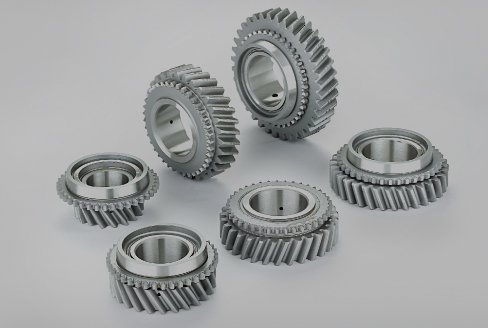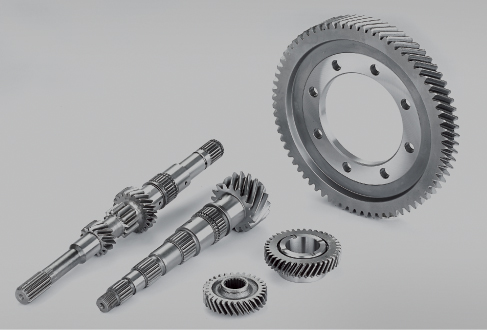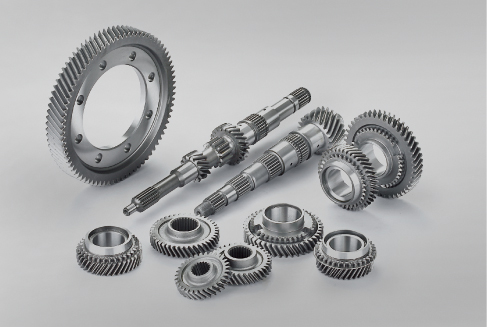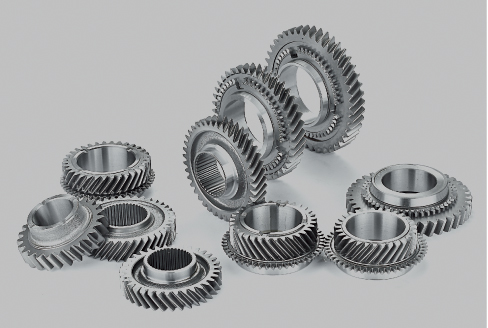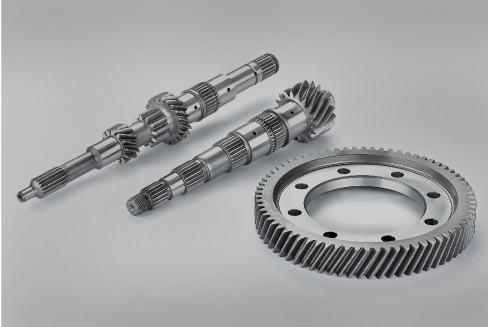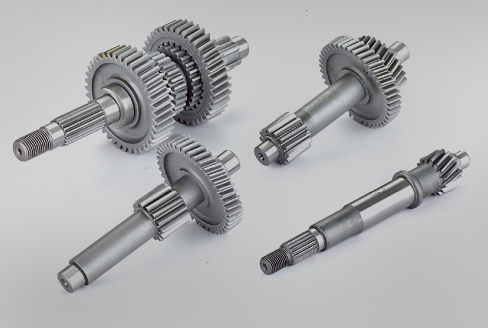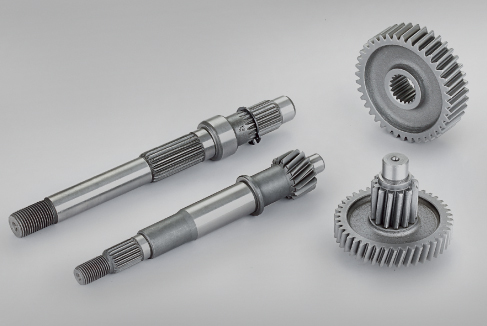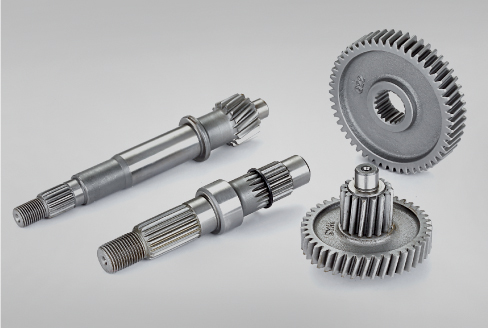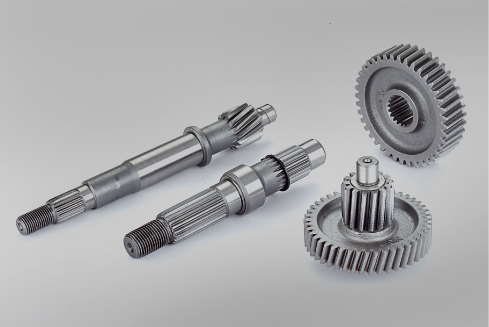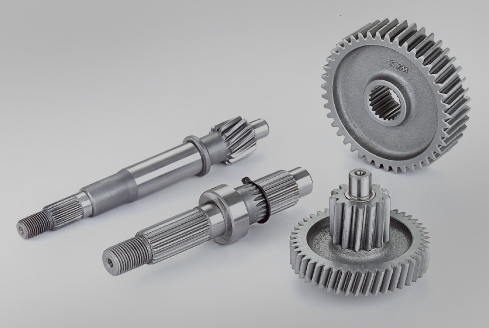Professional manufacturer of automobile transmission gears, mechanical engineering gears, engine gears, light and heavy trucks, and truck transmission gears.
The Evolution of Automotive Transmissions: Shifting Gears in Driving Technology
Update time:2024/01/03
Automotive transmissions represent a pivotal component in the intricate machinery of vehicles, responsible for the transfer of power from the engine to the wheels. Over the decades, the evolution of transmissions has undergone a remarkable journey, witnessing advancements that have transformed the driving experience, efficiency, and performance of automobiles.
At the heart of this evolution lies the transition from manual to automatic transmissions. The manual transmission, with its clutch and gear stick, once dominated the automotive landscape. Its operation required driver engagement, skill, and finesse in maneuvering through various gears to optimize speed and power. However, the rise of automatic transmissions revolutionized the driving experience, offering convenience and ease by automatically shifting gears, allowing drivers to focus solely on the road.
technological innovation has propelled transmissions into new realms, introducing continuously variable transmissions (CVTs) and dual-clutch transmissions (DCTs). CVTs operate seamlessly through a system of pulleys and belts, providing a smooth acceleration curve without discrete gear changes. Meanwhile, DCTs offer lightning-fast gear shifts by pre-selecting gears, enhancing both performance and fuel efficiency.
The pursuit of greater fuel efficiency and reduced emissions has led to the development of hybrid and electric vehicles, which incorporate unique transmission systems. Electric vehicles commonly use a single-speed transmission due to the broad torque range of electric motors. Meanwhile, hybrid vehicles utilize innovative systems like electronic continuously variable transmissions (e-CVTs), blending electric motors and internal combustion engines for optimized efficiency.
advancements in transmission technology have not only focused on performance but also safety. Intelligent transmission systems now incorporate features like adaptive shifting algorithms, which adjust gear changes based on driving conditions, enhancing vehicle stability and control.
The future of automotive transmissions appears poised for further transformation with the emergence of autonomous vehicles. As self-driving technology progresses, transmission systems will likely evolve to complement autonomous driving systems, potentially integrating with AI algorithms to optimize efficiency and adaptability in various driving scenarios.
Beyond the conventional gasoline-powered vehicles, the transmission landscape extends to alternative fuel sources such as hydrogen fuel cells. These vehicles incorporate unique transmission mechanisms tailored to harness the specific characteristics of hydrogen fuel, presenting novel challenges and opportunities in transmission design and implementation.
automotive transmissions have traversed a fascinating journey of innovation, from the simplicity of manual gearboxes to the sophistication of modern, electronically-controlled systems. As automotive technology continues to advance, the evolution of transmissions will undoubtedly play a crucial role in shaping the future of transportation, emphasizing efficiency, performance, and safety in the ever-evolving automotive industry.
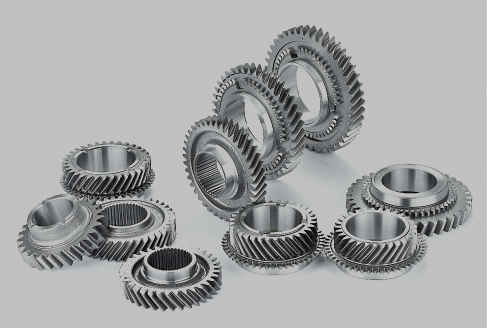
At the heart of this evolution lies the transition from manual to automatic transmissions. The manual transmission, with its clutch and gear stick, once dominated the automotive landscape. Its operation required driver engagement, skill, and finesse in maneuvering through various gears to optimize speed and power. However, the rise of automatic transmissions revolutionized the driving experience, offering convenience and ease by automatically shifting gears, allowing drivers to focus solely on the road.
technological innovation has propelled transmissions into new realms, introducing continuously variable transmissions (CVTs) and dual-clutch transmissions (DCTs). CVTs operate seamlessly through a system of pulleys and belts, providing a smooth acceleration curve without discrete gear changes. Meanwhile, DCTs offer lightning-fast gear shifts by pre-selecting gears, enhancing both performance and fuel efficiency.
The pursuit of greater fuel efficiency and reduced emissions has led to the development of hybrid and electric vehicles, which incorporate unique transmission systems. Electric vehicles commonly use a single-speed transmission due to the broad torque range of electric motors. Meanwhile, hybrid vehicles utilize innovative systems like electronic continuously variable transmissions (e-CVTs), blending electric motors and internal combustion engines for optimized efficiency.
advancements in transmission technology have not only focused on performance but also safety. Intelligent transmission systems now incorporate features like adaptive shifting algorithms, which adjust gear changes based on driving conditions, enhancing vehicle stability and control.
The future of automotive transmissions appears poised for further transformation with the emergence of autonomous vehicles. As self-driving technology progresses, transmission systems will likely evolve to complement autonomous driving systems, potentially integrating with AI algorithms to optimize efficiency and adaptability in various driving scenarios.
Beyond the conventional gasoline-powered vehicles, the transmission landscape extends to alternative fuel sources such as hydrogen fuel cells. These vehicles incorporate unique transmission mechanisms tailored to harness the specific characteristics of hydrogen fuel, presenting novel challenges and opportunities in transmission design and implementation.
automotive transmissions have traversed a fascinating journey of innovation, from the simplicity of manual gearboxes to the sophistication of modern, electronically-controlled systems. As automotive technology continues to advance, the evolution of transmissions will undoubtedly play a crucial role in shaping the future of transportation, emphasizing efficiency, performance, and safety in the ever-evolving automotive industry.


 简体中文
简体中文 English
English España
España Русский язык
Русский язык
